Over the past six summers, I have had the privilege of visiting upwards of 40 national parks across the country. Although each one offers unique appeal, ten remain closest to my heart. My ratings below are done in comparison to each other — not to all of the parks I’ve visited. In other words, low ratings don’t necessarily indicate a poor experience. In fact, the experiences I have had in all ten of these parks are among the best of my life.
Denali National Park (Alaska)
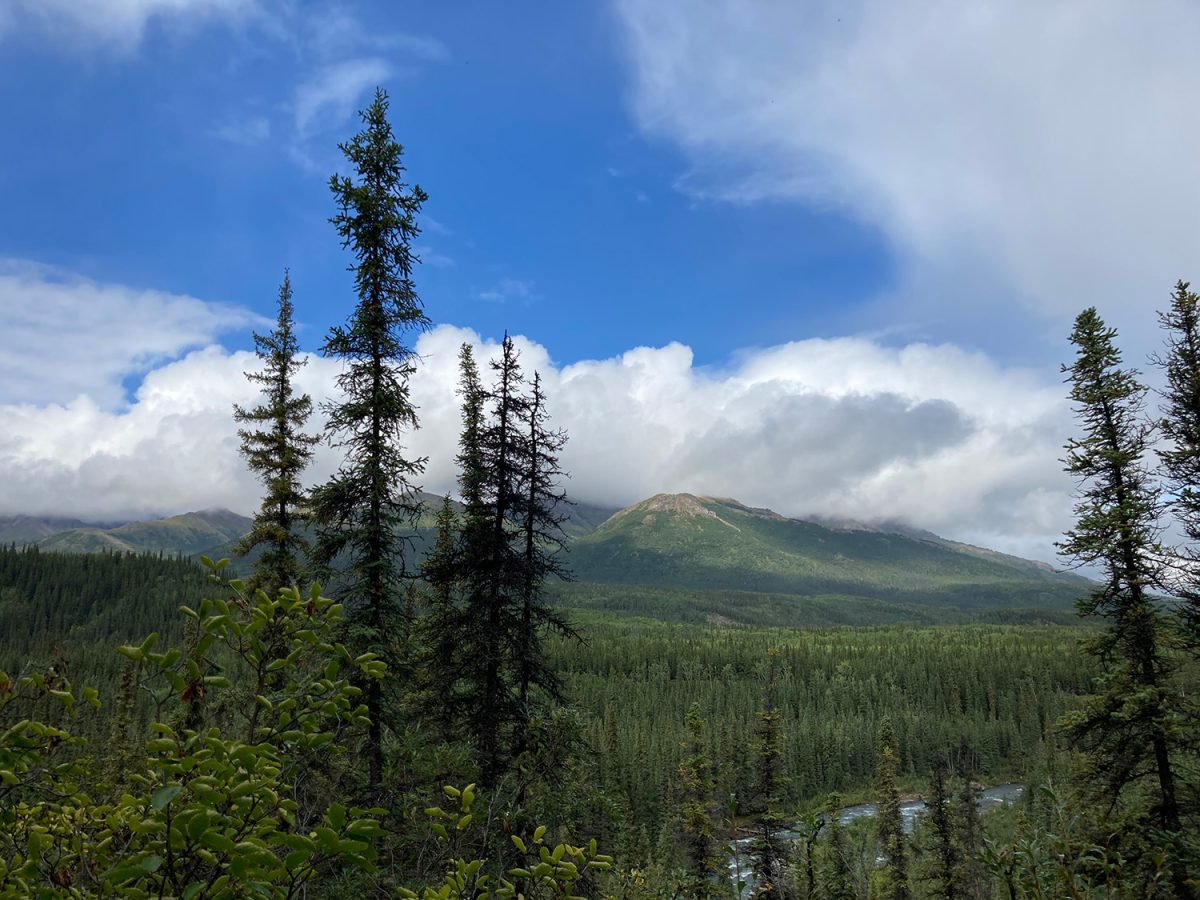
In-Park Experience: ★★★★☆
Denali’s incredible biodiversity and lack of hiker congestion means you are deeply immersed in the sounds of nature across the entire park, on any trail. There’s a good balance of long hikes and smaller, paved trails. If you like conquering difficult terrain, some of Denali’s more challenging trails give you the opportunity to scramble up rock faces and get a breathtaking view of the park from a higher perspective. The park also offers countless incredible backcountry climbing opportunities. Denali is mostly an open tundra park, meaning you’re not limited to the trails and you can explore freely in many areas. Their transit bus system makes it easy to move from place to place across long stretches of the expansive park. I could have easily spent multiple weeks exploring here. However, while the nature of Denali National Park is gorgeous everywhere, a close up view of Mount Denali itself is far more difficult and expensive than expected. Park visitors get the options between a lengthy and pricey bus tour (the minimum tour length is 5 hours, while the longest can go up to 12) or thrilling but expensive helicopter tours of the mountain. If you don’t have a high budget, the unaffordability of mountain access can be quite frustrating, but other park trails and overlooks more than make up for that small disappointment.
Human Impact (or lack thereof): ★★★★★
Though Alaska is typically thought of as dark and snowy, Denali National Park is the most colorful place I’ve ever seen. From the impossibly clear and vibrant waters to the snow-covered peaks, the state’s title “The Last Frontier” is well deserved–it takes less than 15 minutes of travel outside city limits to find yourself completely immersed in the natural landscape, undisturbed by flashy billboards or even other drivers. There were extremely strict bans and heavily enforced fines for littering and graffiti, making Denali National Park the cleanest of all the parks I’ve been to. No park trails were heavily congested with other tourists, making hikes very peaceful. I didn’t have to wonder about what the park looked like when first discovered–with the level of care put into the park’s preservation, I could see it for myself.
Weather and Skyscape: ★★★★☆
The lack of human impact all throughout Alaska means the air is typically unbelievably clean, but I had the misfortune of visiting Denali National Park while the air was impacted by smoke from nearby wildfires. On clearer days, the clarity of the night sky meant a stunning view of the stars above, and once even a glimpse of the aurora borealis. Unfortunately, smoke-heavy periods made the same view completely invisible on some days. Summers in Alaska mean significantly longer days and warmer temperatures, and I found the average temperatures during my August visit to be very comfortable. Dress for a Pittsburgh late fall.
Glacier National Park (Montana)
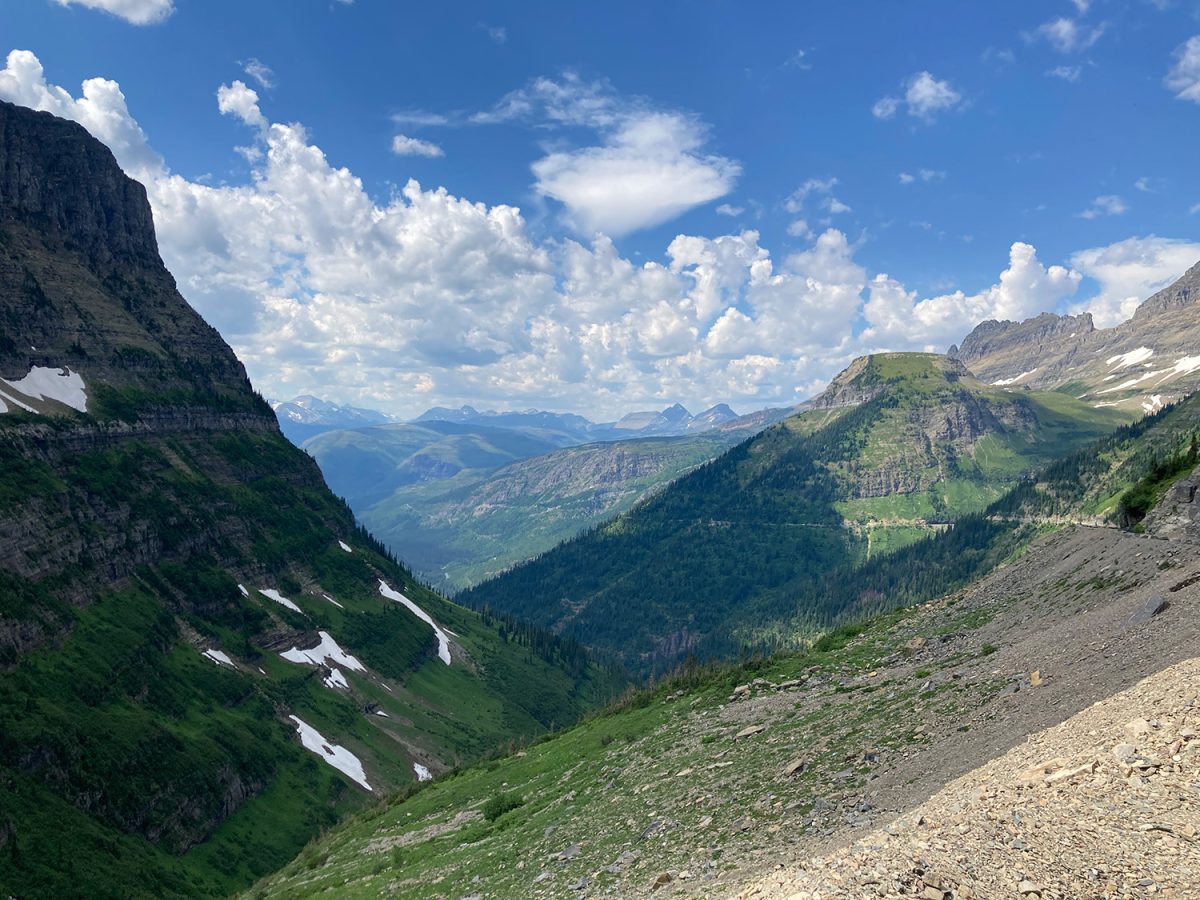
In-Park Experience: ★★★★☆
Glacier’s breathtaking natural beauty is unparalleled, and it’s easy to get lost in the rolling green mountains, crystal clear lakes, and silver streams of the park. While tickets can be difficult to get, the park’s unique 49.71 mile Going-to-the-Sun Road is easily the best drive I’ve ever been on. Dozens of stops are available for visitors to hike short distances for stunning lake and waterfall views up close, or simply step off onto a lookout platform and take in the mountain view. Average hike differences vary significantly, but in a short amount of time you’re fully capable of seeing Glacier’s stunning views through dozens of few-mile hikes all across the park. That being said, the park’s beauty attracts quite a few visitors. Parking is almost impossible in busier seasons, and popular paths can get very crowded. Total immersion in Glacier is slightly more difficult than other less-populated parks, but still possible on longer hikes. With the amount of different trails and roads in Glacier National Park, I found myself wishing I had a few more days there to discover it all.
Human Impact (or lack thereof): ★★★☆☆
Glacier National Park attracts about 3 million visitors per year, meaning the park is always quite busy. Getting ticket reservations for areas that aren’t open access (like Going-to-the-Sun Road) can be very difficult, and traffic can build up fast due to road congestion. People-free places have to be purposefully sought out, but it is possible to find areas where you’re alone with nature if you’re willing to hike some of the higher-effort trails of the park. Large developed parking lots and visitor areas harm the effect of an untouched environment in some areas, but there are plenty of places where there are no human structures in sight across the park.
Acadia National Park (Maine)
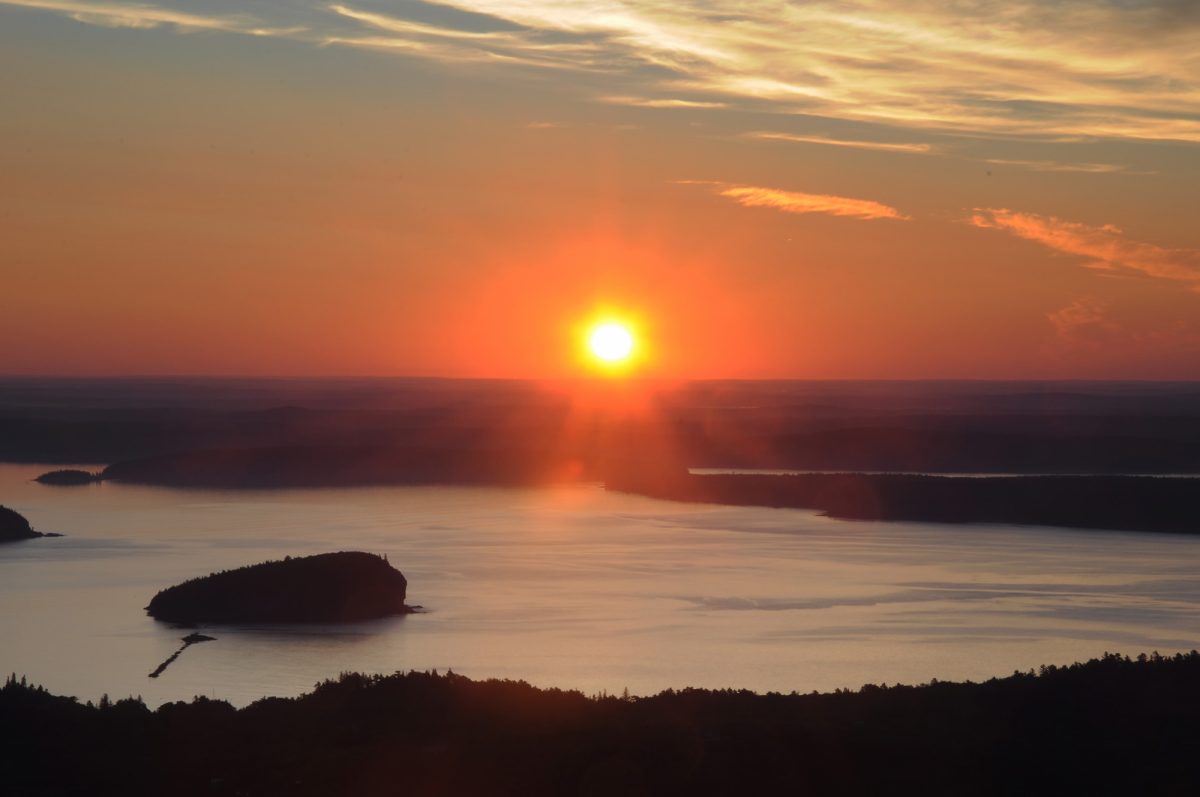
In-Park Experience: ★★★★★
Acadia National Park was the first national park I ever visited, and it is undoubtedly the reason I fell in love with all of them. Its rocky shorelines and lush marshes make this unique park especially memorable. Precipice Trail, one of the many staple attractions of Acadia, is a rigorous but short climbing trail that I cannot recommend highly enough, an effort well worth the indescribably beautiful view from the top. The park also boasts mountains, lively streams, and fascinating geological formations. While it is quite popular, full immersion was not a struggle outside of the park’s designated visitor center areas. It was second only to Denali in cleanliness, and the lack of pollution within park bounds made the park’s brilliant features all the more vibrant.
Human Impact (or lack thereof): ★★★★☆
The only complaint I have over human impact in Acadia was a few instances of disrespectful visitors who had abandoned broken gear at the top of Precipice Trail–other than that, the park’s cleanliness and lack of light and air pollution was remarkable. The trails were well maintained and clearly prioritized the preservation of geological formations rather than efficiency of travel time.
Weather and Skyscape: ★★☆☆☆
Maine’s weather was a bit stormier than ideal for climbing heavy hikes in Acadia, but the park’s lack of light pollution meant an awe-inspiring window to the vast night sky above. However, I found stargazing to frequently be impossible due to the often cloudy skies. While the view of the stars is great in this national park, I would not recommend it for stargazing alone. Make sure your camping gear is waterproof if you’re hoping to spend the night in Acadia National Park.
Yosemite National Park (California)
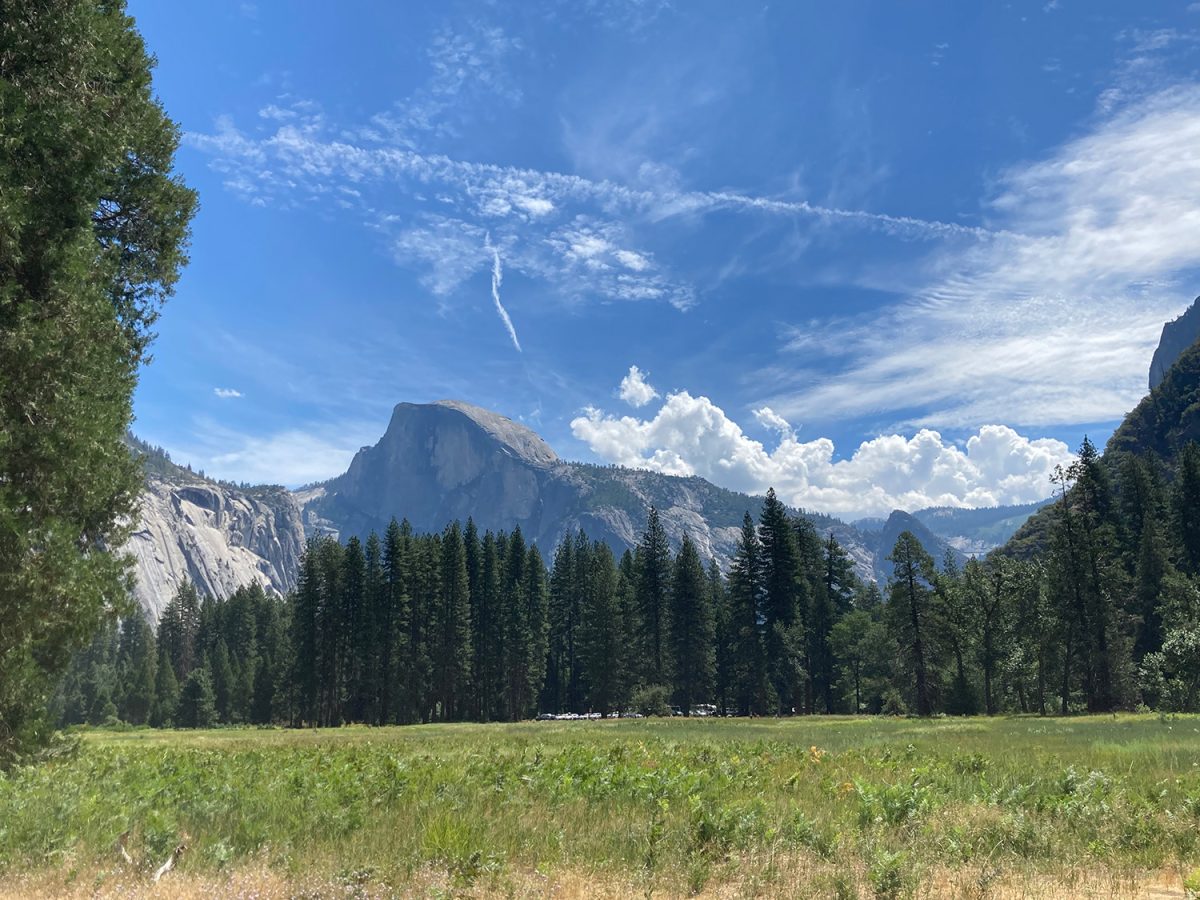
In-Park Experience: ★★★★☆
Known best for its massive stone domes and rushing waterfalls, Yosemite National Park is not one to miss. The large park also boasts lush meadows, valleys, and even the ancient sequoia Mariposa Grove. Most of the park’s most popular views are quickly accessible through driving tours, lookouts, and short hikes, similar to Glacier. Yosemite’s popularity unfortunately means that the park can get incredibly busy in certain areas, specifically those most easily accessible by car, leading to an unavoidable heavy human presence all throughout the park. However, some areas provide a reprieve: Hetch Hetchy is a beautiful site and good alternative to the far more crowded Yosemite Valley for waterfall watching. It is quite hard to get reservations for many of the areas, and sometimes even reservations just to enter the park. Camping reservations need to be created very far in advance, as slots fill up extremely quickly. A shuttle bus service runs throughout many areas of Yosemite to improve the park’s accessibility for all visitors.
Human Impact (or lack thereof): ★★★☆☆
Yosemite’s high popularity has unfortunately led to a heavily altered landscape in some areas, as I encountered a large amount of litter and forest destruction on trails. There are no walkable areas in which you can completely escape the presence of other people, and the landscape does not seem untouched. Many parts of the park have been developed for the creation of large visitor areas, which is necessary but disheartening. Air pollution is also more prominent here than in less visitor-heavy parks, but the preservation measures put into place surrounding the domes and waterfalls themselves are not to be overlooked. There are still plenty of natural wonders to view that have not been altered by mankind within the park limits.
Arches National Park (Utah)
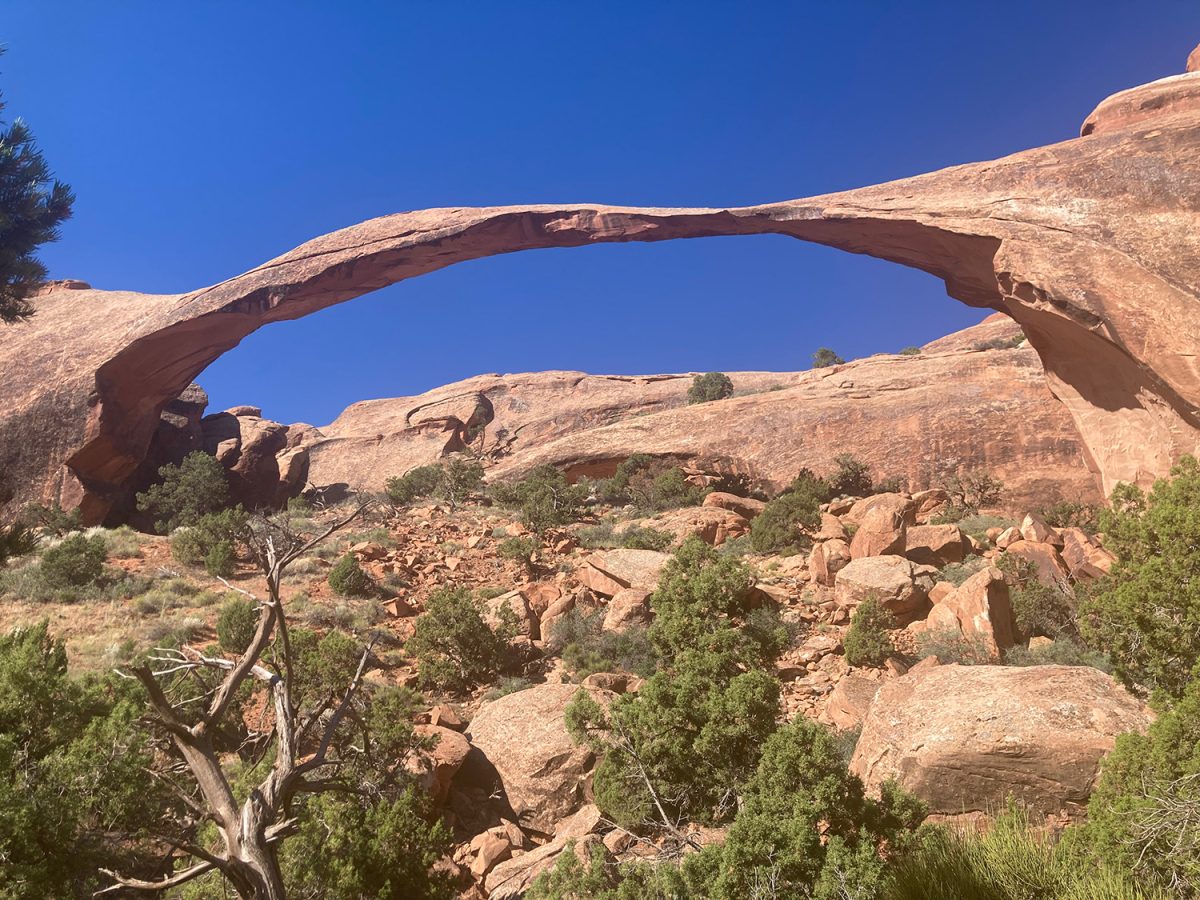
In-Park Experience: ★★★☆☆
Arches National Park’s fame is well deserved. The arches the park is named for are truly unique, far beyond the famed Delicate Arch most people think of. The Landscape Arch and Double Arches should not be skipped while on a visit to Arches, as well as the slightly less popular but still majestic North Window Arch. Some of the arch trails require a small amount of climbing, which makes the trails more entertaining but extremely difficult to follow at some times. Delicate Arch also frequently has a very long line for viewing due to its popularity as a photo spot, so be prepared for a long wait under the hot sun. The beautifully sculpted red landscape is well worth the grueling walks and wait. There is enough to hike in Arches that a few days could easily be spent there without it becoming horribly repetitive.
Human Impact (or lack thereof): ★★★★☆
Aside from some slight evidence of off-path hiking in areas surrounding the arches, the natural landscape of Arches National Park appears mostly unbothered. While frustrating at times, the narrow and winding trails of the park ensure that beauty and preservation is prioritized over convenience when considering path layouts.
Zion National Park (Utah)
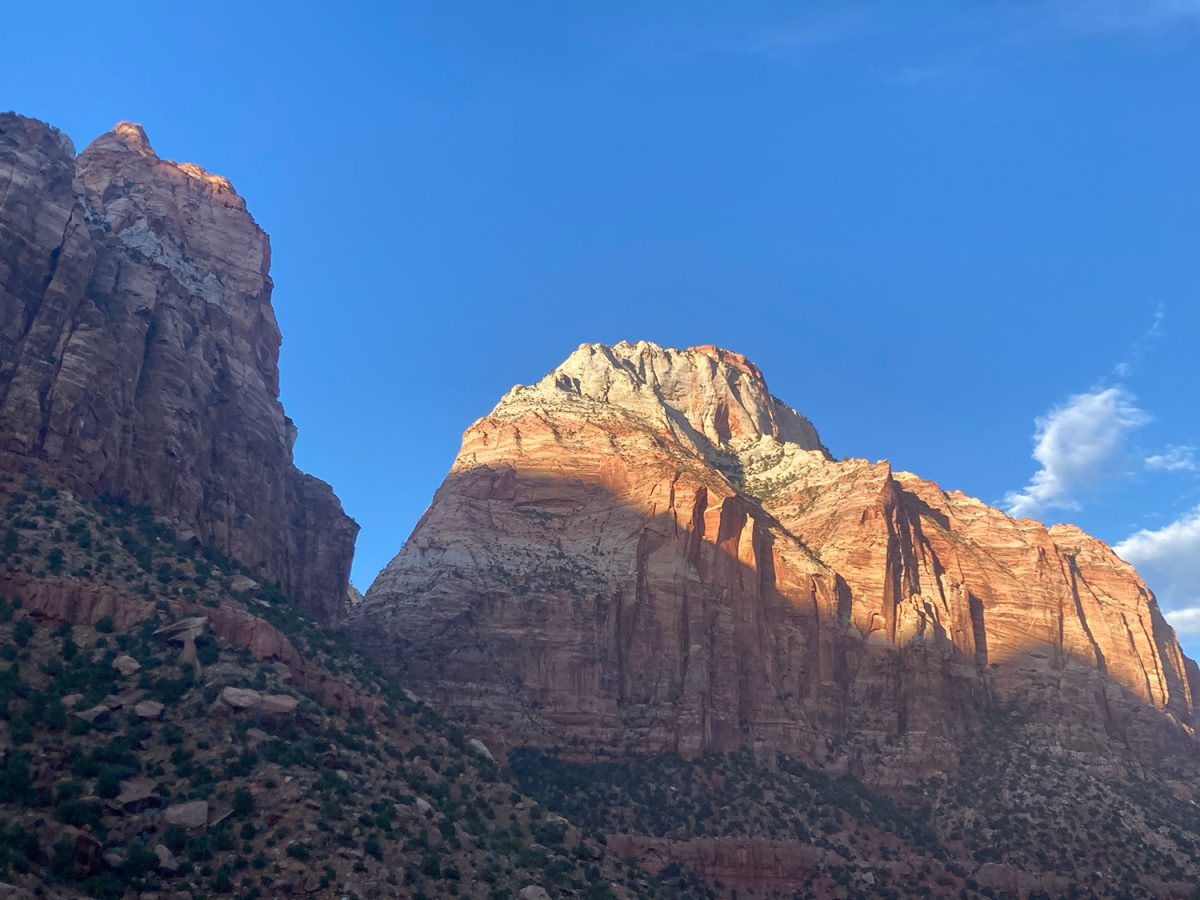
In-Park Experience: ★★★☆☆
The brilliantly vivid coloring of Zion’s tall canyons make it an especially gorgeous location, one I believe outshines even the Grand Canyon. Unique trail experiences like the Narrows Hike or Angel’s Landing make this park even more remarkable. The park is quite large, and there are enough different experiences to keep you occupied for several days. Transportation is managed entirely through bus shuttles all throughout the park. Unfortunately, Zion’s existence as a canyon means none of your plans are certain. It floods catastrophically incredibly quickly and occasionally unpredictably, sometimes requiring evacuation of areas of the park. Despite this major inconvenience, the stunning views from any point in the park make the risk more than worth it. The present park rangers are unbelievably efficient and effective in evacuating visitors when sudden flooding poses a threat. Be cautious about algae levels before entering any kind of water–even at the lowest level of algae, I still suffered a reaction from my brief venture into the Narrows.
Human Impact (or lack thereof): ★★★☆☆
This is another park where other guests are completely inescapable, on any trail or overlook. Some paths (like Angel’s Landing) are controlled through a reservation-lottery system, which leads to less crowding, but it can be very hard to gain access under this system. The squirrels all over the park, alongside some other wildlife, were well accustomed to being fed by visitors despite its illegality and would approach or even attack visitors with visible food in busy areas. Be careful with the food you take out while on a trail, and where you decide to eat. However, the beauty of Zion’s natural landscape has been undeniably well preserved.
Weather and Skyscape: ★★☆☆☆
The park’s heavy rains and sudden flooding lead to undesirable circumstances, especially with their unpredictability. However, Zion does boast a stunning night skyscape, due to its designation as a Dark Sky Park. When the nights are clear, the stars shine brightly over the vivid red canyon.
Redwood National Park & Sequoia National Park (California)
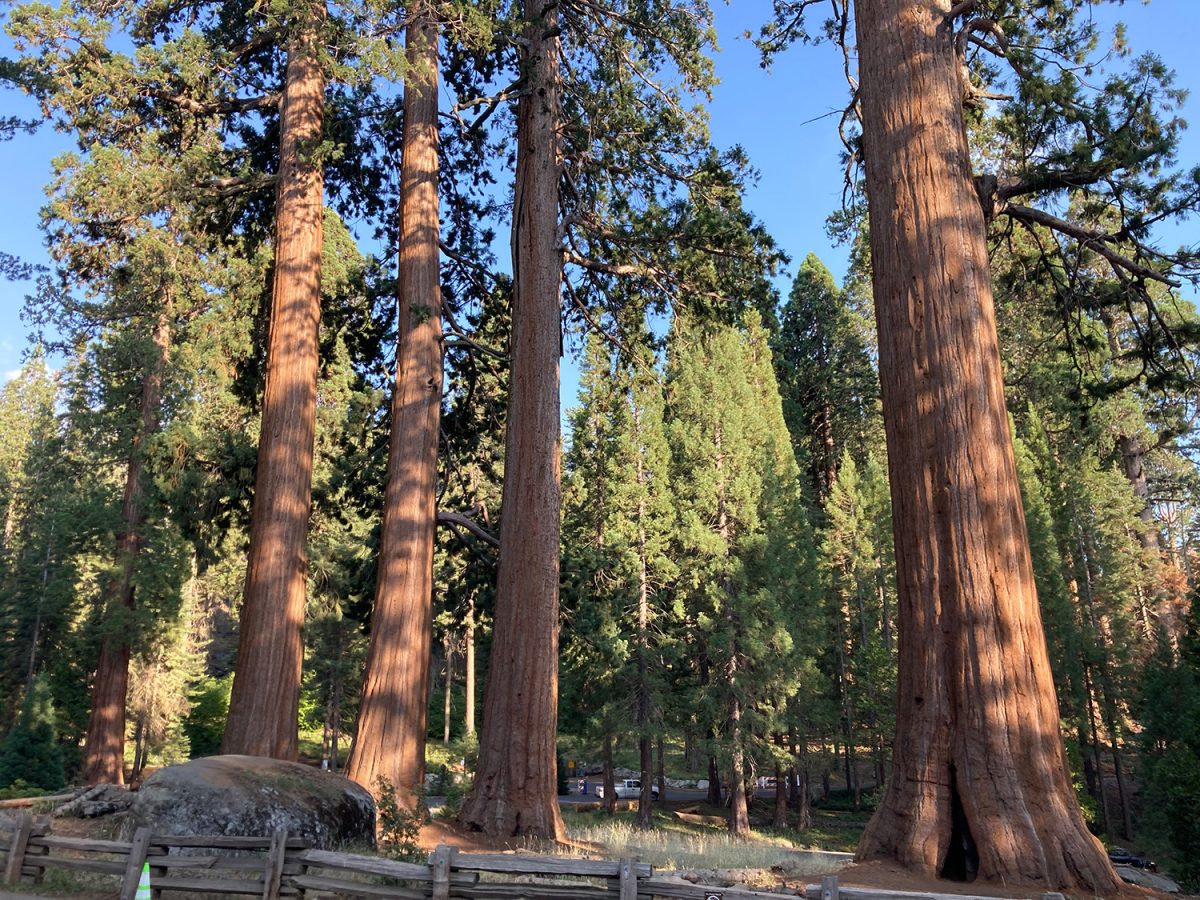
In-Park Experience: ★★★☆☆
While the two Californian parks are commonly compared, both are worthy of separate visits. The individual uniqueness of each type of ancient tree is more than enough reason to visit both, but I found the other aspects of my park experience to be similar enough that I could not choose one over the other. The sheer scale of both types of trees are completely unimaginable from pictures alone, and witnessing them in person was an unforgettable experience. However, both of these places were tourist-heavy, significantly subtracting from the immersion factor. The primary paths were paved and short, and very busy with other visitors, subtracting significantly from the ideal of a nearly-untouched landscape.
Human Impact (or lack thereof): ★★☆☆☆
I was pleasantly surprised with how well park boundaries were respected at both parks, considering how visitor heavy I found both of them to be. Regardless, humanity’s impact is clearly echoed in every damaged tree across groves in both parks, and the huge tourist areas make Sequoia and Redwood seem far less natural than many of the other parks I’ve visited. Some boundaries were overlooked on occasion for people who wanted certain photos beyond the abundant fencing surrounding the paved path.
Joshua Tree National Park (California)
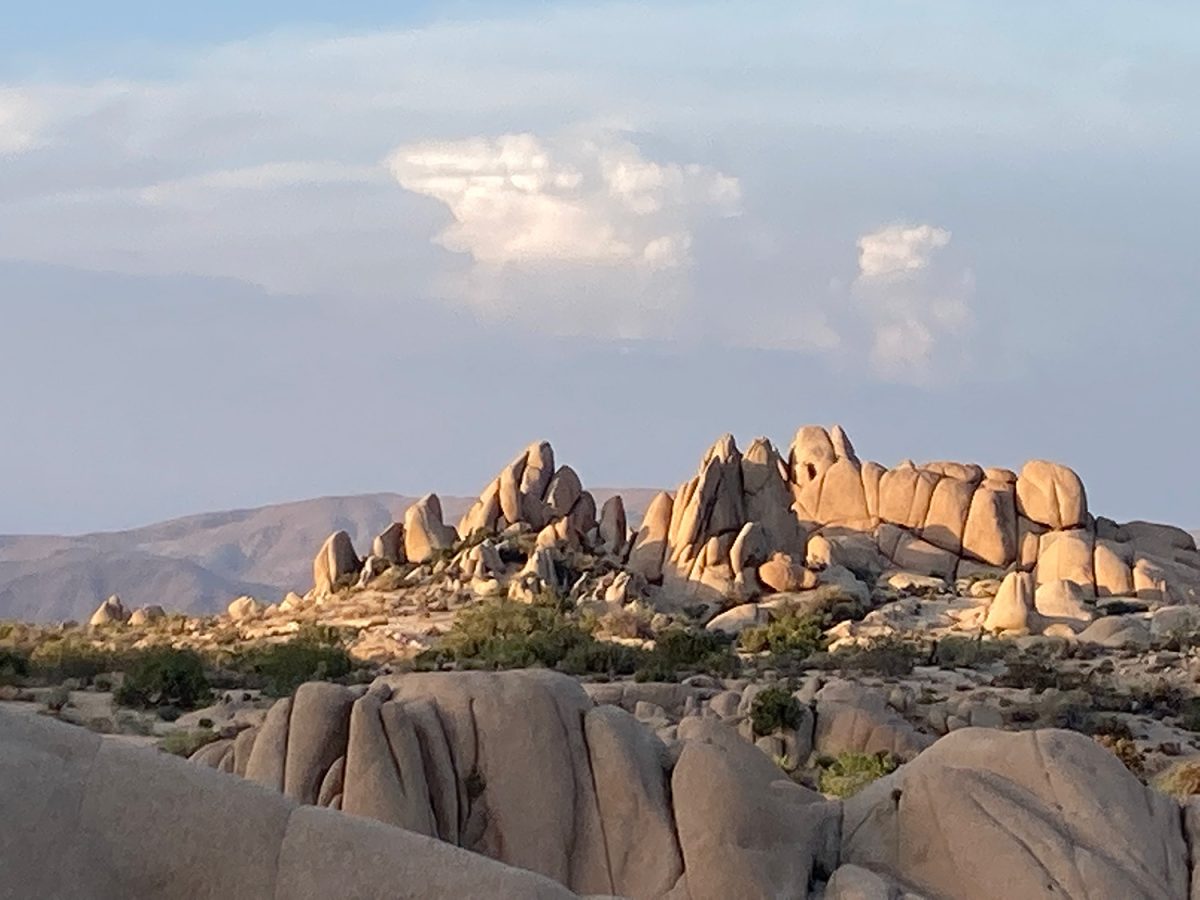
In-Park Experience: ★★☆☆☆
While Joshua Tree was far less diverse in landscape than the other parks I’ve visited, its bountiful opportunities for rock climbing and its beautiful desert terrain have immortalized it as one of my favorite parks. It is not near as busy as parks like Yosemite or Glacier, providing the chance to hear a wide variety of wildlife all around you at all times. Its unique geological landscape is covered in thousands of large, easily scalable rock forms, making it a very entertaining park to explore. The location’s remoteness and relatively low visitor activity means the star visibility is incredible within Joshua Tree. However, it is not a place I could ever see myself spending an extended amount of time in–it was not as naturally varied as many of the other parks on this list, and the landscape quickly became familiar. It is a beautiful place for a short stop, but not a location to plan an entire trip in.
Human Impact (or lack thereof): ★★★★★
Joshua Tree appears to be almost entirely untouched by humans, and immersion is incredibly easy with the lack of visitor clusters in certain areas. The unique trees that give the park its name and rock formations are present all throughout the park, so no specific area is heavily crowded by visitors. The air is clean, and there is almost no light pollution.
Weather and Skyscape: ★★★☆☆
Heavy winds can sometimes kick up an uncomfortable amount of sand, and the desert climate means temperatures are never quite at a comfortable range. However, this park’s remoteness and lack of light pollution means that the stargazing potential is absolutely incredible, and the view of the night sky is deeply awe-inspiring. I will not try to put the brightness of the undamped skyscape over Joshua Tree National Park into words, I could not do it justice. I slept in the open under the stars while camping within this park, and I cannot recommend the experience highly enough to anyone considering it.
Yellowstone National Park (Wyoming/Montana)
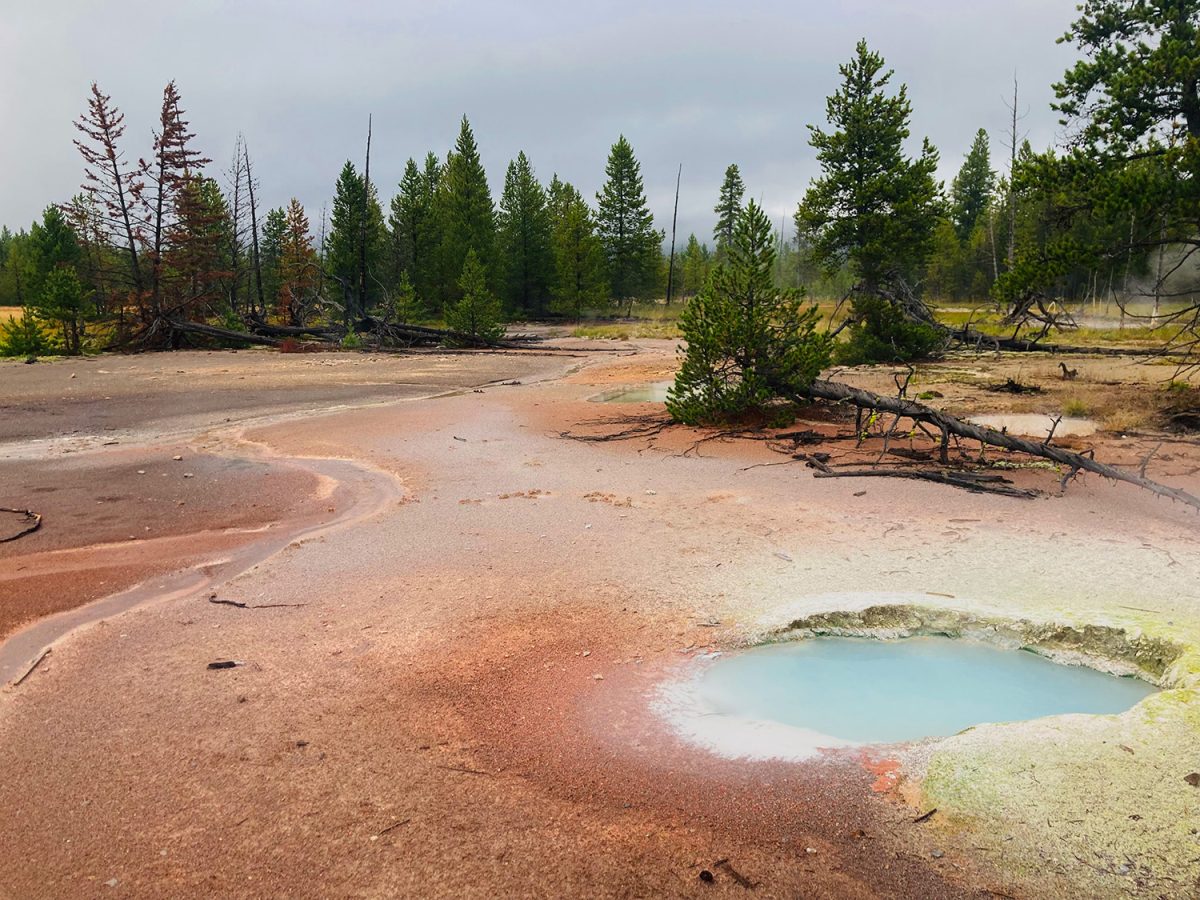
In-Park Experience: ★★★☆☆
There is a clear reason why Yellowstone was the first designated National Park in the US–the park is beautiful and filled with one-of-a-kind features. From the famous Old Faithful to the Grand Prismatic Spring to the Paint Pot ponds, the whole park is memorable. Yellowstone is a huge park with a very diverse array of activities, and it would be easy to designate an entire trip to this park alone. However, immersion is completely impossible due to the heavy development and high visitor numbers within the park. Of all the parks I have visited, Yellowstone feels the least natural. Nearly everywhere is crowded and extremely loud, and you have to show up early to anticipated events (like Old Faithful’s regular eruptions) to get a spot close enough to see at all. If you want great views without the hassle of camping, this is a fantastic national park for you.
Human Impact (or lack thereof): ★☆☆☆☆
As arguably the most famous national park in the U.S., it is not surprising that the park is far more developed for human visitors than the others. The landscape is frequently broken by resorts and shops, and people are not nearly as respectful about leave-no-trace laws here as I’ve seen in other national parks. Air and light pollution is unfortunately prevalent in many areas of the park, and some features are so popular that there are lines for overlooks. People frequently step over designated boundaries and disturb plant growth. The human impact on Yellowstone is devastatingly visible in all of its most popular attractions.


